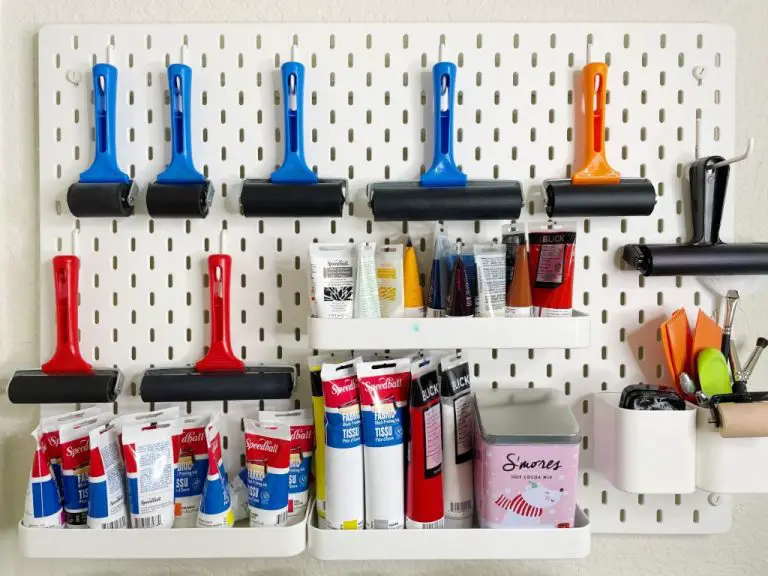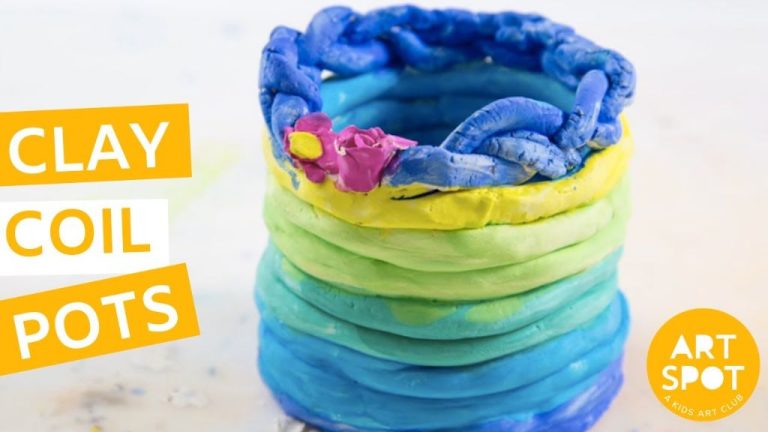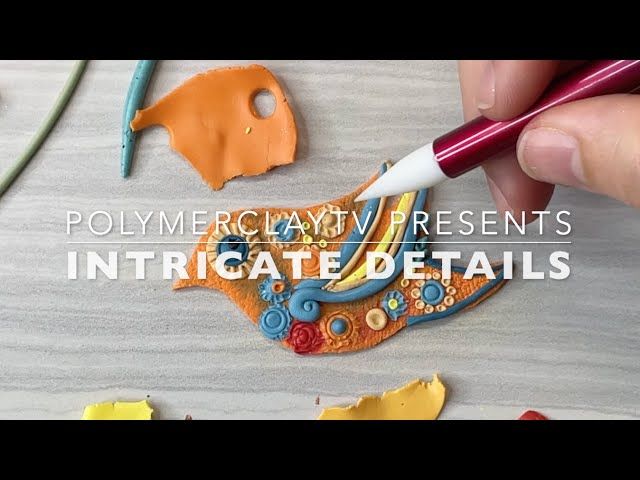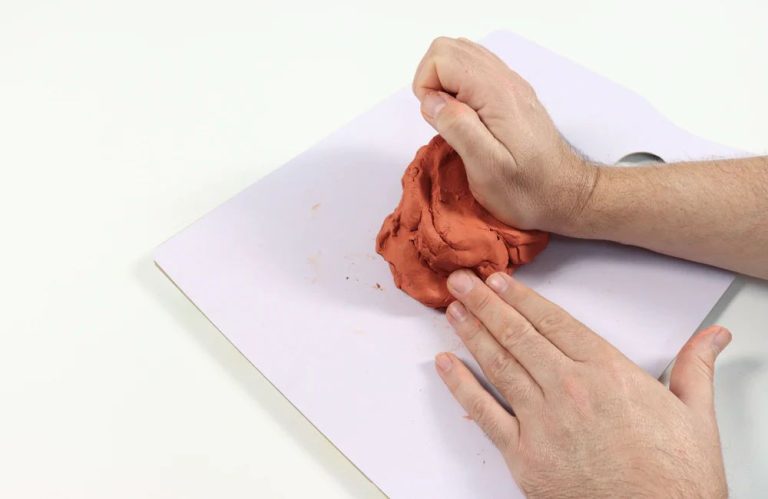What Book Influenced Warren Mackenzie?
Warren MacKenzie is one of the most influential American ceramic artists of the 20th century. Born in 1924 in Kansas City, Missouri, MacKenzie is best known for his simple yet elegant functional pottery that helped define the American Studio pottery movement. Heavily influenced by the work and philosophy of British potter Bernard Leach, MacKenzie channeled Eastern and Midwestern sensibilities into a unique, pared-down aesthetic that made handmade pottery accessible and inviting to a wide audience. Over his decades-long career, MacKenzie has produced an astounding body of ceramic work while also mentoring generations of potters at the University of Minnesota, where he helped establish one of the nation’s preeminent ceramics programs.
Early Influences
Warren MacKenzie was born in Kansas City, Missouri in 1924. From a young age, he was exposed to art and culture, as his father was a commercial artist and his mother enjoyed opera and dance. MacKenzie took weekend classes at the art museum starting when he was 10 years old, learning about art history and practicing drawing and painting. During high school, he took pottery classes, finding inspiration in the artform.
As a teenager in the 1940s, MacKenzie was drafted into World War II. While stationed in Japan during the postwar occupation, he was profoundly influenced by the local aesthetics and Zen Buddhism. After being discharged, MacKenzie continued his art studies using the GI Bill, enrolling at the School of the Art Institute of Chicago.
Bernard Leach
One of the most influential books on Warren MacKenzie was A Potter’s Book by the British potter Bernard Leach. First published in 1940, A Potter’s Book compiled workshop traditions and techniques from East and West for modern studio potters. It emphasized functional wares made with simple forms and natural glazes. Leach promoted an Eastern aesthetic philosophy valuing “wholeness, simplicity and naturalness” which aligned with his experiences studying pottery in Japan.
A Potter’s Book became very influential in the mid-20th century studio pottery movement. Leach advocated handmade functional wares fired in wood-burning kilns. He provided practical guidance on running a pottery studio and described processes like throwing, glazing, and firing. The book included Leach’s translations of ancient Chinese and Korean texts on ceramic aesthetics and encouraged interaction between Eastern and Western ceramic traditions.
Impact of A Potter’s Book
The book A Potter’s Book by Bernard Leach had a profound impact on Warren MacKenzie’s approach to pottery. Published in 1940, A Potter’s Book outlined Leach’s philosophy of pottery that emphasized simplicity, functionality, and craftsmanship.
According to an article on Goldmarkart.com, MacKenzie first read Leach’s book while studying ceramics at the School for American Craftsmen at Alfred University in New York. He was deeply inspired by Leach’s reverence for traditional Japanese and Chinese pottery and his ethos of handmade craftsmanship.
When MacKenzie later met Leach in person at his pottery studio in St Ives, England, Leach’s modest pots that expressed refinement through simplicity left an indelible mark on the young potter. MacKenzie embraced Leach’s view that form follows function and that pottery should be useful above all.
According to the Invaluable article, MacKenzie took Leach’s philosophy further by focusing on domestic ware for daily use rather than ceremonial pieces. His functional, wheel-thrown pots with subtle textures and glazes reflect the spirit of Leach’s teachings that every object has integrity and beauty in simplicity.
Leach’s Philosophy
Leach emphasized the importance of handmade craft and believed pottery should be appreciated as artistic works, not just functional objects. As noted in the Wikipedia article about Leach, “Leach’s pottery produced a range of ‘standard ware’ handmade pottery for the general public. He continued to produce pots which were exhibited as works of art.” Leach felt pottery reflected the organic nature of life and valued irregularities and imperfections in pottery, believing they gave each piece a unique spirit or life force.1 This philosophy of celebrating handmade crafts as art deeply resonated with MacKenzie.
Implementing Leach’s Ideas
After carefully studying Leach’s book and philosophy, MacKenzie began to implement some of Leach’s ideals into his own pottery. He strove to make pieces that focused more on usefulness over ornamentation, using simple, earthy forms.
Some examples of how MacKenzie embraced Leach’s methods and principles include:
- Using natural, asymmetric shapes and subtle decoration https://www.mackenzieleach.com/second-harvest-heartland
- Firing pieces in traditional wood-burning kilns similar to those used in ancient East Asia https://prezi.com/j9oqvxjx8wxe/frankenstein/
- Crafting practical, functional pottery for everyday use like mugs, bowls, and vases
- Sourcing local materials whenever possible
- Emphasizing simplicity and a handmade look in his work
While Leach’s book helped shape MacKenzie’s approach, he didn’t adhere strictly to all of Leach’s tenets. He blended some of the philosophies with his own evolving style and ideas.
Beyond Leach
While Leach’s book and philosophy were hugely influential on MacKenzie early in his career, MacKenzie went on to develop his own distinctive style that took him beyond Leach’s teachings. As MacKenzie’s experience and confidence grew, he began to explore asymmetrical shapes, incorporate more surface decoration, and use a wider color palette than Leach typically did. According to the Metropolitan Museum of Art, MacKenzie pushed “vessel forms far beyond the Anglo-Oriental standard promoted by his mentor Bernard Leach.”
MacKenzie also diverged from Leach in his use of materials. While Leach focused on traditional Asian and English stoneware, MacKenzie embraced a very wide range of materials like native clays, high-fire stones, metallic oxides, ash glazes, and raku. He boldly combined these materials in new ways to develop his own personal voice. An important innovation was MacKenzie’s exploration of using local indigenous clays and minerals, believing that local materials gave his work a unique character.
So while Leach was a profound early guiding light, MacKenzie absorbed those lessons and went on to chart his own course as an artist. He earned acclaim for creating pottery that showed an individual expression distinctly his own. The Smithsonian says MacKenzie’s pots display “a quiet playfulness and subtle exploration of natural forms” representing a creative vision beyond his mentor’s.
MacKenzie’s Mentorship
As a professor at the University of Minnesota from 1954 to 1990, MacKenzie passed on the philosophies and techniques he learned from Leach to thousands of students (The Open Door). He encouraged them to embrace functionality and simplicity in their work rather than be led by profit or trends. According to an article in The Open Door, MacKenzie’s students fondly recall his mentorship and refer to him as “St. Warren” for his humility and generosity in sharing his knowledge.
MacKenzie enabled students to spend days working on their craft in his studio with mentorship along the way. He organized apprenticeships in Japan so students could learn from pottery masters there. As a result, many of his students went on to open their own successful studios across the country, further spreading the legacy of Leach’s teachings (The Marks Project).
Legacy
Warren MacKenzie’s legacy on the United States studio pottery world has been significant, due to his work as a teacher and mentor (https://www.revereauctions.com/warren-mackenzies-legacy/). He helped nurture the careers of many younger potters who went on to become famous in their own right. MacKenzie showed them the importance of functional pottery and helped renew interest in the ancient Asian philosophy of “mingei” – humble, useful crafts for everyday people.
The documentary “Minnesota Mingei / The Legacy of Potter Warren MacKenzie” shows students from a nearby middle school visiting his studio and watching him work. Potters began to gather in Minnesota, inspired by MacKenzie’s dedication to handmade functional pots (https://subsequence.tv/topics_stories/artisan/2538/). His legacy lives on through the many potters he mentored and inspired to keep the tradition of studio pottery alive in America.
Conclusion
Warren MacKenzie’s approach to pottery was deeply influenced by the British potter Bernard Leach and his seminal book A Potter’s Book. After discovering Leach’s book as a young man, MacKenzie was inspired by Leach’s philosophy of handmade functional pottery and the importance of the Eastern aesthetic principle of wabi sabi. In 1952, MacKenzie spent two formative years studying under Leach at his pottery in St. Ives, England. There he learned directly from Leach about creating simple, utilitarian forms based on Eastern prototypes like Bizen ware and mingei folk craft. MacKenzie adopted Leach’s respect for natural materials and processes as well as his meditative approach to making. Throughout his long career, MacKenzie continued to exemplify Leach’s ideals through his own exploration of functional stoneware forms. While MacKenzie developed his own distinct style, Leach’s influence can be seen in his quiet, contemplative approach and dedication to creating honest, useful vessels.





